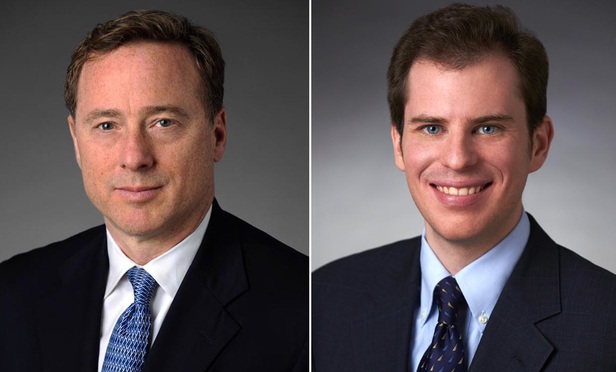One of the most compelling legal stories of 2016 has been the legal fight between the U.S. Department of Justice and Apple about whether Apple should be (or can be) compelled to help the DOJ access information stored on an iPhone that belonged to one of the perpetrators of the December 2015 mass shooting in San Bernardino. The stakes were high for both parties. The DOJ is frustrated by its inability to decode encrypted communications. And Apple, like many other technology companies, promotes privacy as a core corporate value. Both sides quickly “dug in” for a lengthy court fight that many believed would wind up in the U.S. Supreme Court.
But one day before a scheduled federal court hearing in March, the DOJ unexpectedly withdrew its motion. The DOJ disclosed that it had made a “one-time payment” to an unnamed “outside party” who had identified a potential weakness in the iPhone’s operating system, which could allow the Federal Bureau of Investigation to bypass the iPhone’s encryption. Shortly thereafter, the Washington Post reported that the FBI had paid one or more “grey hat” hackers to “crack” the iPhone’s encryption.
This content has been archived. It is available through our partners, LexisNexis® and Bloomberg Law.
To view this content, please continue to their sites.
Not a Lexis Subscriber?
Subscribe Now
Not a Bloomberg Law Subscriber?
Subscribe Now
LexisNexis® and Bloomberg Law are third party online distributors of the broad collection of current and archived versions of ALM's legal news publications. LexisNexis® and Bloomberg Law customers are able to access and use ALM's content, including content from the National Law Journal, The American Lawyer, Legaltech News, The New York Law Journal, and Corporate Counsel, as well as other sources of legal information.
For questions call 1-877-256-2472 or contact us at [email protected]



